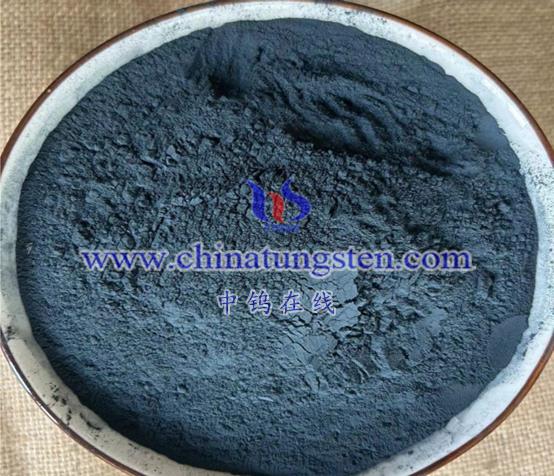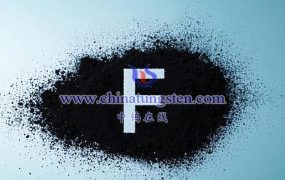
While nano cesium tungsten bronze dispersion exhibits outstanding properties and broad application potential, it also has certain drawbacks and limitations that can affect its performance and utility. Below is a detailed analysis of these issues:
- Particle Size Challenges
- Oversized Particles: The particle size of cesium tungsten bronze plays a crucial role in its performance. However, during production, the particle size often exceeds expectations, usually remaining in the micron range.
- Cost of Size Reduction: Achieving particle sizes below 100 nm, which are required for transparent coatings, necessitates prolonged grinding using high-end dispersion equipment, significantly increasing costs.
- Impact on Optical Properties: Larger particles may increase haze, reducing the clarity and aesthetic quality of coatings or films.
- Safety Concerns in Production
- Use of Hazardous Materials: The manufacturing process often involves hazardous materials like hydrogen gas for reduction, which poses significant safety risks.
- Cost Implications: Stringent safety measures and handling protocols further raise production costs.
- Dispersion Stability Issues
- Potential for Agglomeration: While the dispersion is generally stable, external factors such as prolonged storage, temperature changes, or pH fluctuations can lead to particle aggregation and sedimentation.
- Impact on Performance: Aggregation can compromise the dispersion’s uniformity and reduce its effectiveness in applications.
- Application Limitations
- Transparency and Haze Constraints: In applications requiring extreme transparency and minimal haze, such as advanced optical coatings, alternative materials may be preferred.
- Field-Specific Challenges: Certain industries may require properties that are not optimally provided by cesium tungsten bronze dispersions.
- Production Costs
- High Equipment and Processing Costs: Advanced dispersion equipment and extended processing times for grinding and stabilization contribute to elevated production costs.
- Complex Manufacturing: The use of hazardous and specialized materials further complicates production, adding to the expense.
- Environmental Concerns
- Waste Management: The production process generates waste materials, including wastewater and exhaust gases, which require proper treatment to prevent environmental harm.
- Usage and Disposal: Safe disposal or recycling of the dispersion and related products is necessary to minimize ecological impact.
Conclusion
Nano cesium tungsten bronze dispersion offers excellent performance, but its drawbacks—such as production complexity, safety risks, high costs, and environmental concerns—must be addressed to maximize its potential. These limitations highlight the need for:
- Research and Development: Improvements in production methods and particle size control.
- Sustainability Initiatives: Development of eco-friendly processes and waste management systems.
- Cost-Effective Solutions: Innovations to reduce manufacturing costs and make the dispersion more accessible.
By addressing these challenges, the overall efficiency, applicability, and sustainability of nano cesium tungsten bronze dispersion can be significantly enhanced.
More details of tungsten oxide product, please visit website: tungsten-oxide.com
Please contact CHINATUNGSTEN for inquiry and order of tungsten oxide:
Email: sales@chinatungsten.com
Tel.: 86 592 5129595






